Valuing a flatbed trailer often feels like rummaging through a treasure chest without knowing the contents’ worth. As manufacturers, we understand that several facets influence the price of these essential transport tools. In this guide, we will illustrate the myriad factors that contribute to assessing the worth of your flatbed trailer, providing you with actionable insights to help you gauge its market value accurately.
Understanding Flatbed Trailers
Flatbed trailers are widely used in various industries, ranging from construction to logistics. Their high versatility makes them indispensable, accommodating oversized loads and odd-shaped cargo. However, understanding their value entails scrutinizing various characteristics like type, condition, manufacturing year, and market demand.
Types of Flatbed Trailers
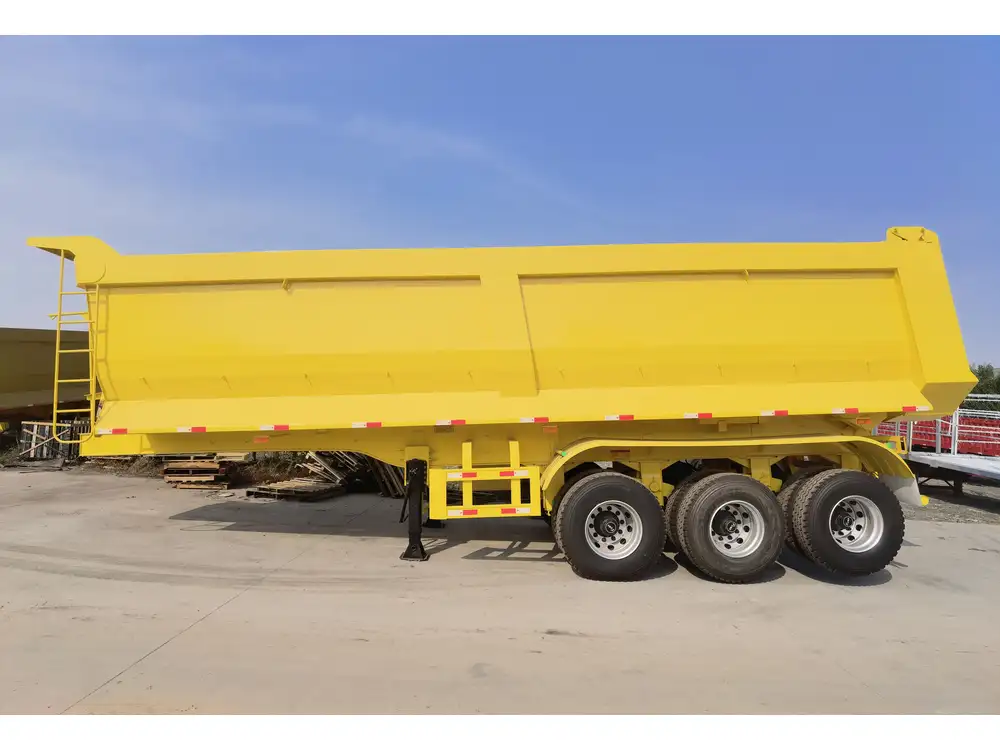
1. Standard Flatbed Trailers
- These are the most common flatbed type, known for their simplicity and versatility. Typically, they range from 16 to 48 feet in length.
2. Drop Deck (Step Deck) Trailers
- Designed with a lower deck height, drop deck trailers allow for taller cargo without exceeding height regulations, making them perfect for heavy machinery.
3. Gooseneck Trailers
- Featuring a hinged front that connects to a pickup truck, these trailers offer added stability for hauling heavier loads.
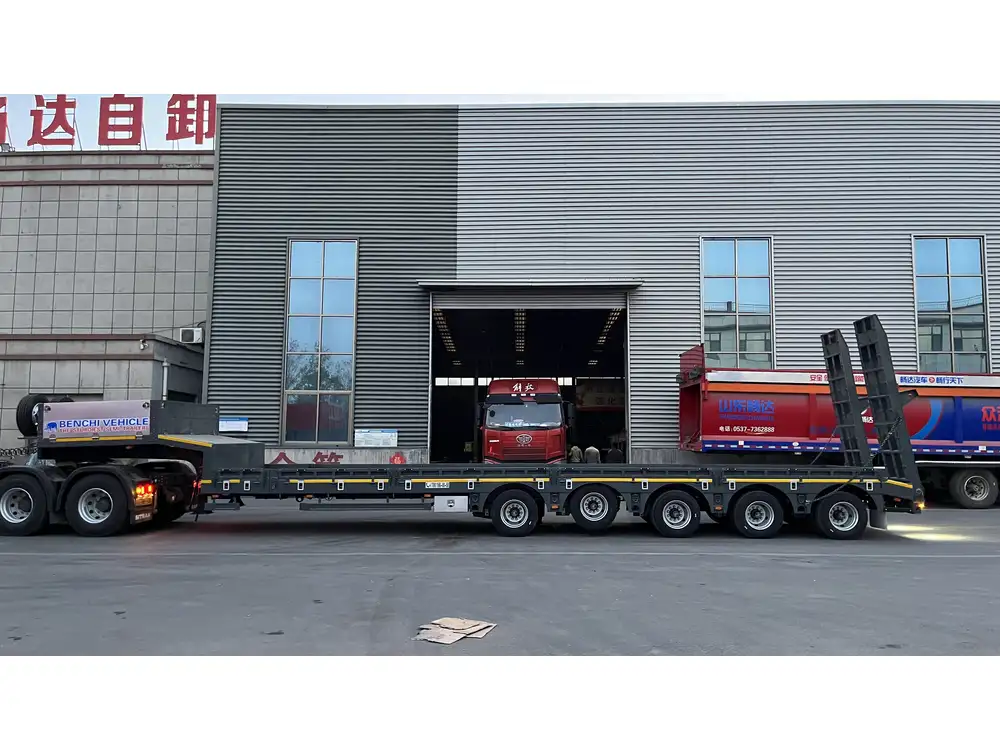
4. Lowboy Trailers
- Used primarily for heavy equipment transport, lowboys can carry taller loads and are designed with a deck that is lower to the ground.
Key Factors Influencing Value
Age and Condition
- The wear and tear on your trailer plays a pivotal role. Regular maintenance, signs of corrosion, and overall cosmetic condition can either propel or diminish its value.
Brand and Model
- Heavier renowned brands often hold value better than lesser-known manufacturers. Check the reputation and demand for your specific model.
Material Quality
- Steel and aluminum are common materials for flatbed trailers. Aluminum trailers may have a lower initial cost but can often retain value better due to their resistance to rust and corrosion.
Load Capacity
- The legal weight limit a trailer can haul directly influences its value. Higher load capacities generally equate to higher values due to operational utility.
Market Demand
- Demand fluctuates based on economic conditions and industry growth cycles. A surge in the construction or logistics sector can lead to increased demand, thereby enhancing your trailer’s worth.
Assessing Market Trends
To ascertain ‘how much your flatbed trailer is worth’, you must stay informed about current market trends. This involves:
Researching Online Marketplaces: Websites like eBay, TrailerTrader, and Craigslist offer substantial data on similar trailers. Delving into listings and sales can provide a ballpark estimate of your trailer’s worth.
Consulting Industry Reports: Market analysis from trusted sources will present a macro picture of supply and demand dynamics, aiding in better valuation understanding.
Networking Within Industry Forums: Engaging with communities dedicated to flatbed trailers offers insight from experienced users and sellers. This can be a golden resource for current market sentiments.
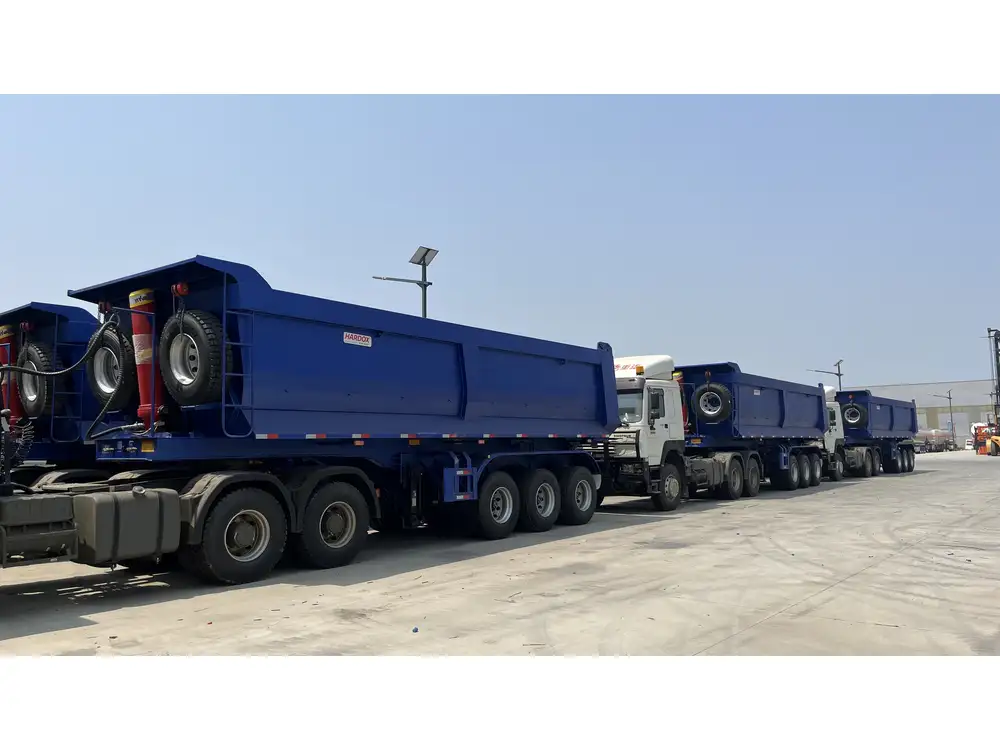
Step-by-Step Trailer Valuation Process
Step 1: Gather Relevant Information
Compile comprehensive data regarding your flatbed trailer, including:
- Brand and Model
- Year of Manufacture
- Current Condition and Maintenance History
- Additional Features (e.g., tie-downs, ramps, modified equipment)
Step 2: Inspect the Trailer
Evaluate the trailer’s physical condition meticulously. Address issues like:
- Tire Condition: Worn tires can reduce the trailer’s overall value.
- Frame and Structure Integrity: Look for any signs of rust, structural damages, or repairs.
- Brakes and Lights: Fully functional safety features are essential for maintaining value.

Step 3: Compare Against Similar Models
Use the data collected to compare your trailer with similar models available in the marketplace. Look for:
| Aspect | Your Trailer | Comparable Trailer 1 | Comparable Trailer 2 |
|---|---|---|---|
| Brand | XYZ Trailers | ABC Trailers | DEF Trailers |
| Year | 2018 | 2017 | 2019 |
| Load Capacity | 30,000 lbs | 25,000 lbs | 32,000 lbs |
| Condition | Good | Excellent | Fair |
| Asking Price | — | $10,000 | $9,000 |
Step 4: Calculate Depreciation
Understanding how to calculate depreciation based on age, wear, and usage is crucial. A trailer typically depreciates around 10-15% of its initial value per year. Utilize this formula:
Depreciation Value = (Initial Purchase Price) × (Depreciation Rate) × (Age in Years)
Add this to your comparative analysis for a well-rounded view of worth.
Step 5: Consult a Professional
Engaging with a professional appraiser or a local dealership can provide bespoke insights based on their extensive market knowledge, further validating your assessments.

Preparing for Sale or Trade-In
After assessing your flatbed trailer’s value, if you’re contemplating a sale or trade-in, consider the following strategies:
1. Clean and Maintain
Ensure the trailer is spotless and well-maintained – a clean trailer makes an excellent impression and can justify a higher asking price.
2. Documentation
Gather all pertinent documentation, audits, repair histories, and receipts. This transparency builds buyer trust and may elevate the price.
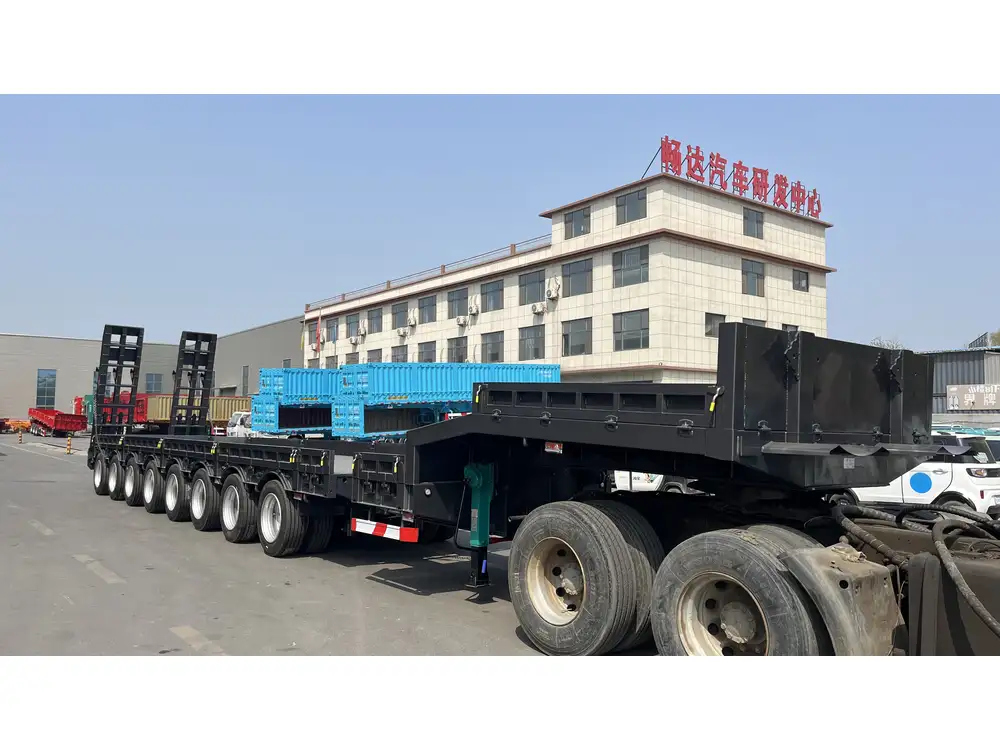
3. Marketing Techniques
Use compelling visuals and accurate descriptions in your listing to draw attention. Highlight unique features and load capacity effectively to pique interest.
4. Timing Your Sale
Timing can be a game changer. Consider selling during peak seasons when demand is high, often seen in spring and summer when transportation needs surge.
5. Negotiation Strategies
Be prepared for negotiations. Set a slightly higher asking price initially to leave room for bargaining, and consider what compromises you’re willing to make.
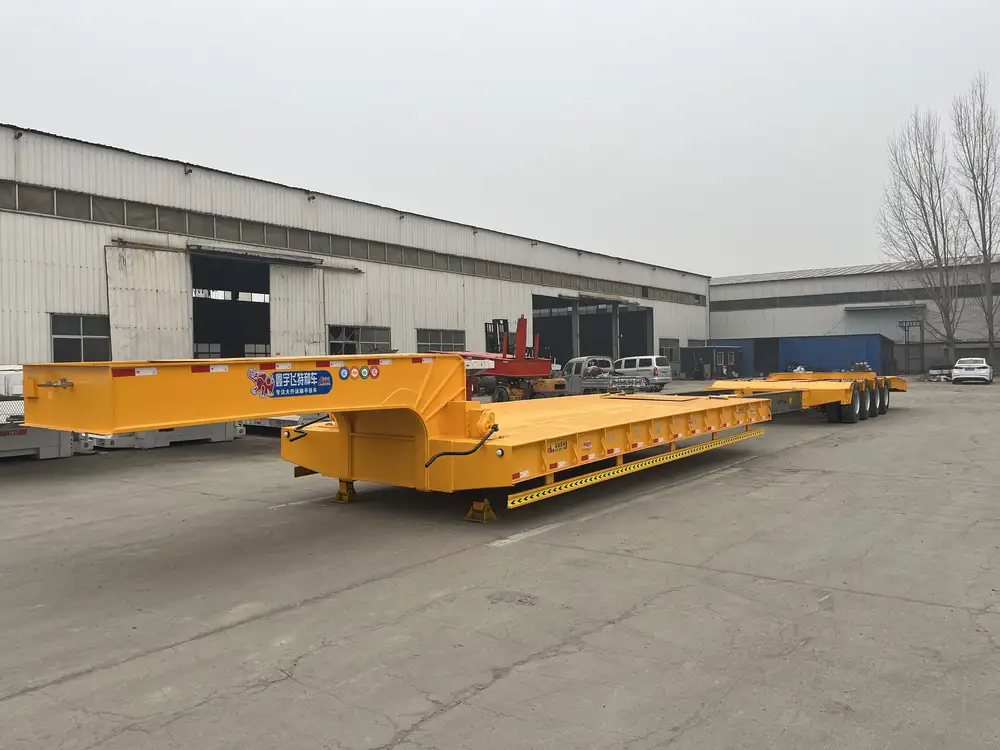
Common Questions Regarding Flatbed Trailer Valuation
What Records Should I Keep?
Maintain a comprehensive record of your trailer’s purchasing documents, maintenance schedules, and any modifications undertaken over its lifespan.
How Do Environmental Factors Affect Value?
Local market conditions, such as economic downturns or booms in construction, can significantly impact demand and pricing. Assess local market trends regularly.
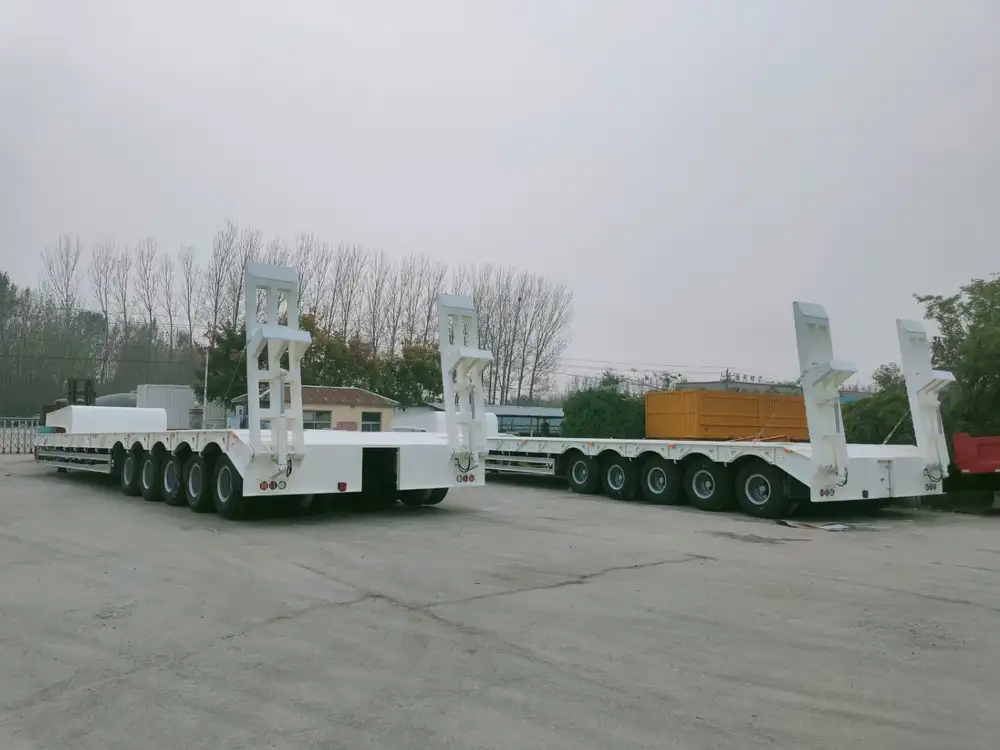
Is Inspection Required Before Selling?
It’s highly advisable to conduct a professional inspection before selling to identify any issues upfront. This can prevent potential buyer disputes later on.
How Can I Increase My Trailer’s Value?
Routine maintenance, timely repairs, and utilizing the trailer correctly can increase its lifespan and value. Investing in quality accessories can also add to the appeal.
Summary
Assessing the value of your flatbed trailer is a multifaceted endeavor, requiring diligence and awareness of market dynamics. By collecting all relevant data, understanding current trends, and preparing effectively for sale, you can ensure that you not only grasp your trailer’s worth but also optimize its sale potential. Whether you’re trading in, selling, or simply wishing to understand your asset better, this structured approach equips you with the knowledge to navigate the valuation process confidently and competently.
With these insights, we hope you are more equipped to answer the perennial question, “How much is my flatbed trailer worth?” and to make informed decisions regarding your transport assets.



